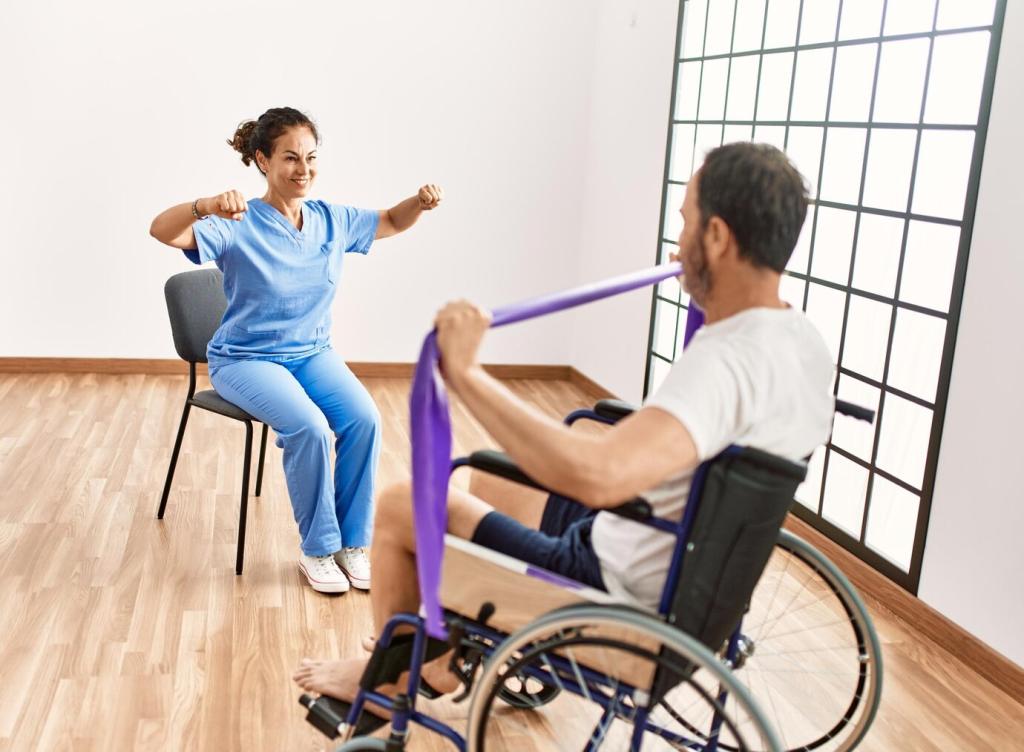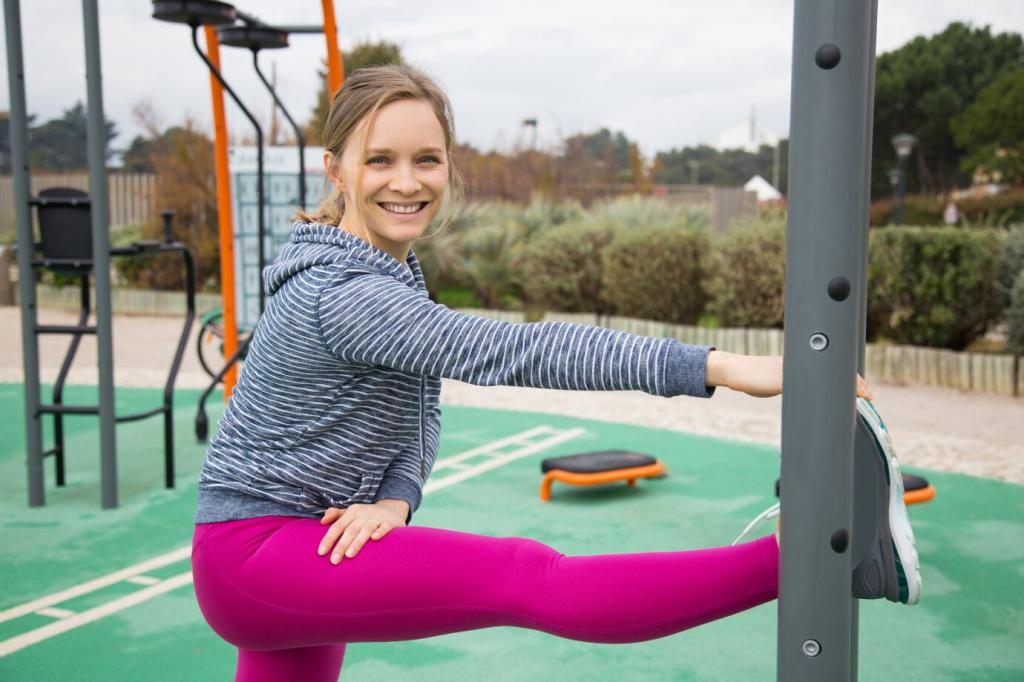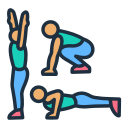Core and Ab Workouts at Home: Build Strength Where You Live
Chosen theme: Core and Ab Workouts at Home. Welcome to your friendly hub for stronger abs, better posture, and confident movement using the space you already have. Stay, explore, and subscribe for weekly home-ready core plans and tips.

Understand Your Core: More Than Just a Six-Pack
Your core resists unwanted movement, stabilizes the spine, and transmits power between upper and lower body. Think anti-extension during planks, anti-rotation during chops, and controlled flexion during curl-ups—all doable at home without equipment.
Understand Your Core: More Than Just a Six-Pack
Train the rectus abdominis for flexion control, obliques for rotation and bracing, transverse abdominis for deep stability, and the diaphragm and pelvic floor for breathing synergy. Add the multifidus for spinal support during daily home tasks.





Form First: Technique Cues That Change Everything
Breathing and brace: the 360° cue
Inhale through your nose, expand your ribs laterally and into your back, then gently brace like zipping a jacket around your midsection. Keep breathing while braced. This stabilizes the spine and supercharges every home ab movement.
Neutral spine and rib position
Imagine a string lengthening your spine. Keep ribs stacked over hips, chin tucked, and pelvis neutral. In dead bugs or leg lowers, move only as far as you can without arching your lower back off the floor.
Common mistakes to avoid at home
Avoid yanking your neck in crunches, collapsing shoulders in planks, and letting hips sag. If your hip flexors dominate, bend knees more, reduce range, or slow tempo. Quality reps beat big numbers every single time.
Progression Plan: Four Weeks to a Stronger Core
Test your plank time, side plank balance, and controlled dead bug reps. Start with two sets, 30–40 seconds each, focusing on breathing and neutral alignment. Log results so you can celebrate steady, realistic progress.
Everyday Integration: Core Training in Daily Life
Do 30–45 seconds of braced wall sits while the kettle boils, then a quick side plank during laundry cycles. These micro-sessions keep your core awake without formal workouts, perfect for busy days at home.
Everyday Integration: Core Training in Daily Life
Set a timer every hour for breathing resets, seated pelvic tilts, and gentle thoracic rotations. Your spine gets circulation, your core re-engages, and your focus returns. Small posture rituals reduce stiffness and boost energy.
Nutrition and Recovery for Visible, Functional Abs
01
Protein and fiber basics
Aim for balanced meals with protein at each serving, colorful vegetables, and fiber-rich carbs. Hydrate generously. These habits support muscle repair, digestion, and stable energy for consistent home sessions all week long.
02
Sleep and stress matter
Seven to nine hours of quality sleep, plus stress management with walks and breathing, keeps cortisol in check. Rested bodies brace better, move smarter, and recover faster from demanding core and ab workouts at home.
03
Share your favorite home snack
What quick, high-protein snack keeps you on track—Greek yogurt with berries, eggs on toast, or cottage cheese and fruit? Post your ideas, inspire the community, and subscribe for a simple home-friendly recipe guide.
